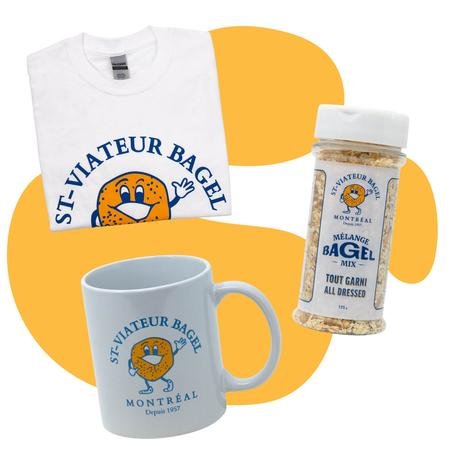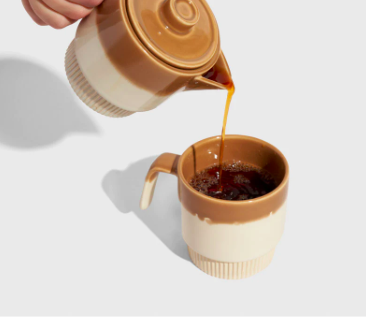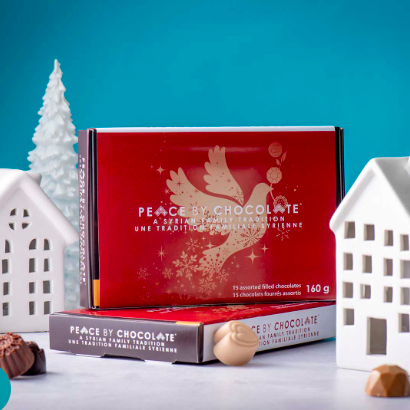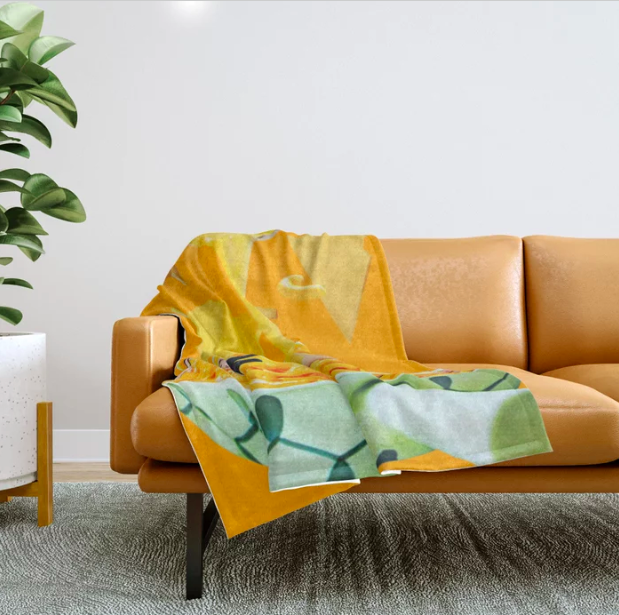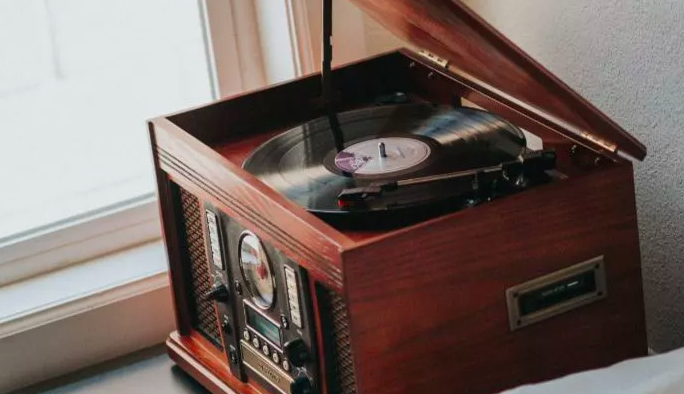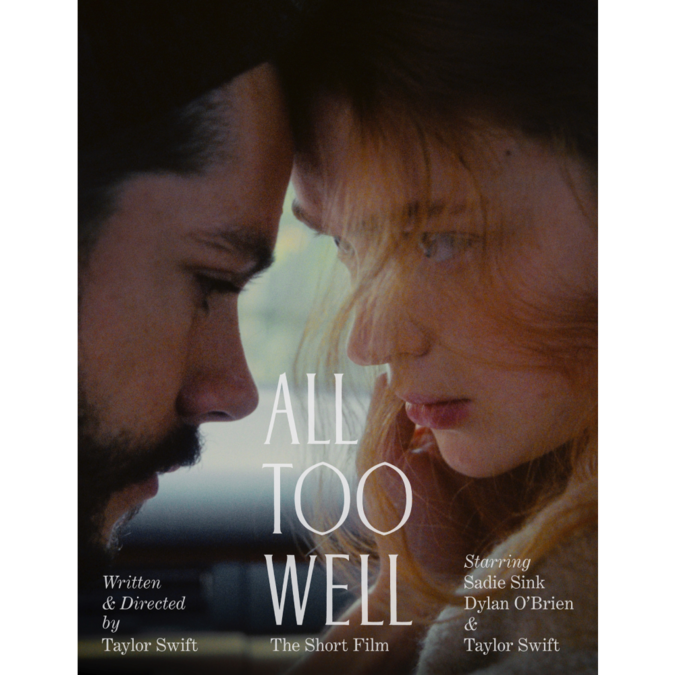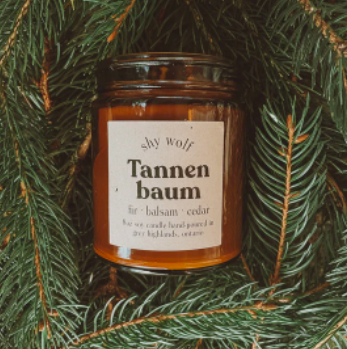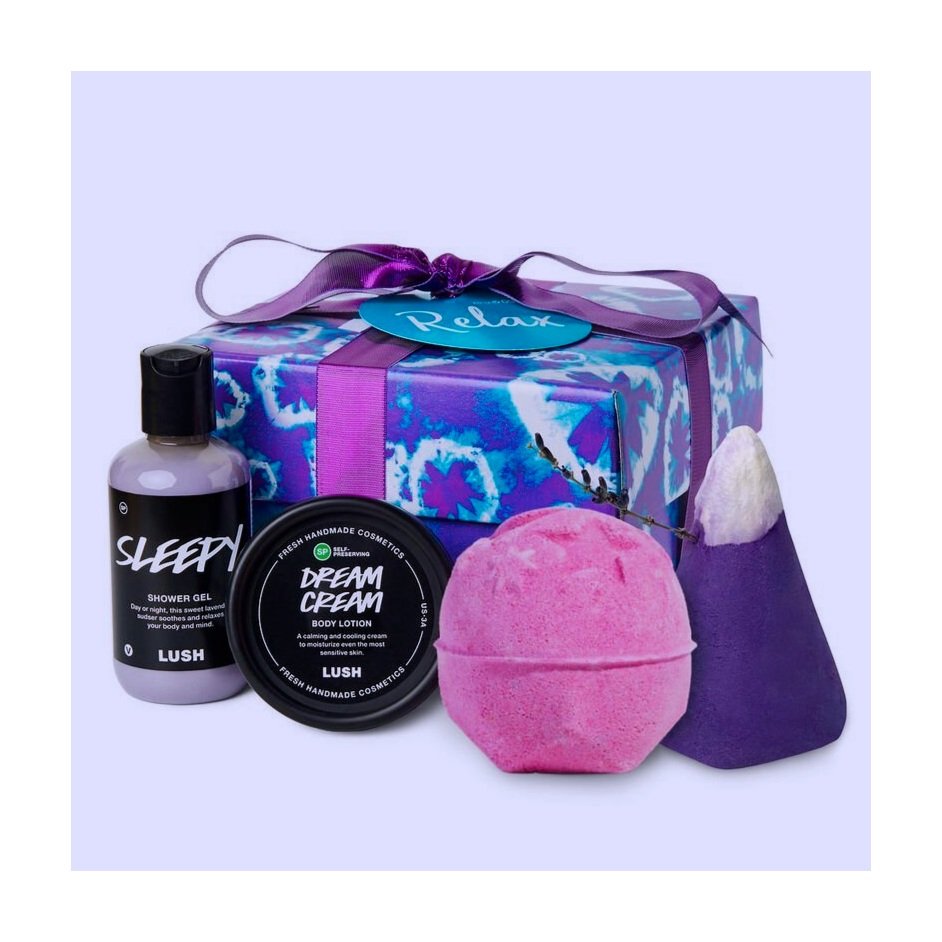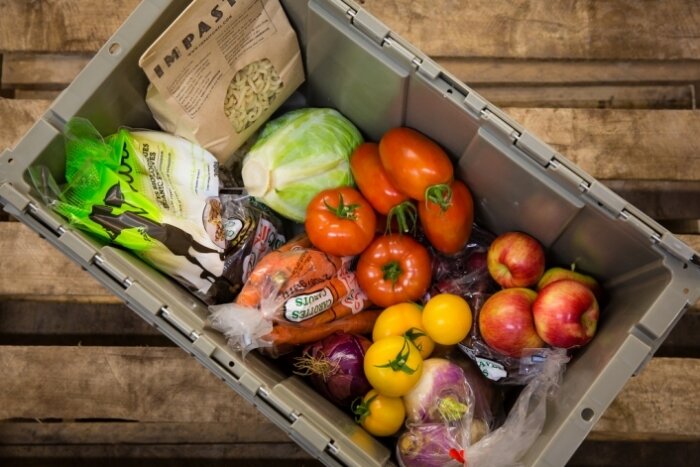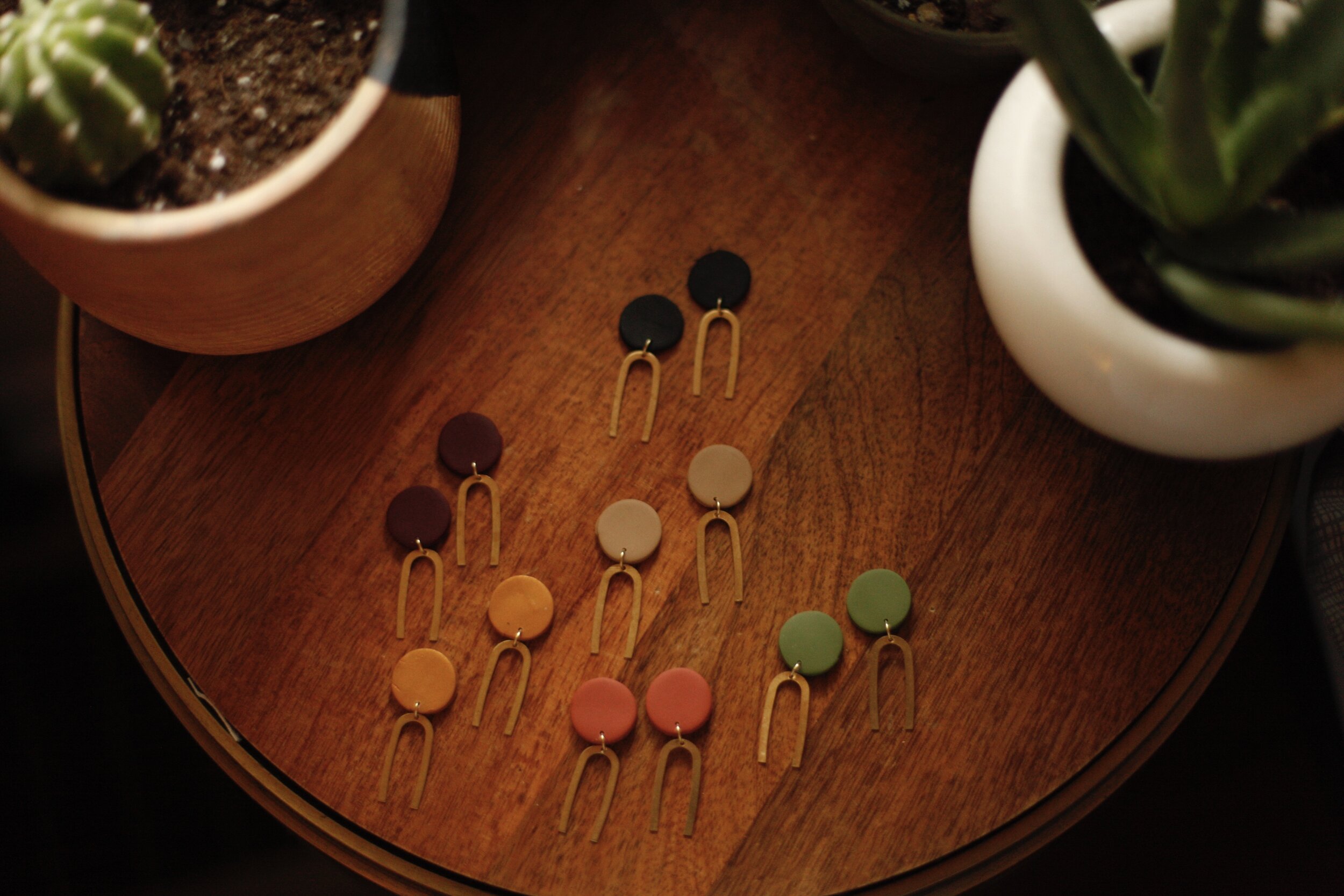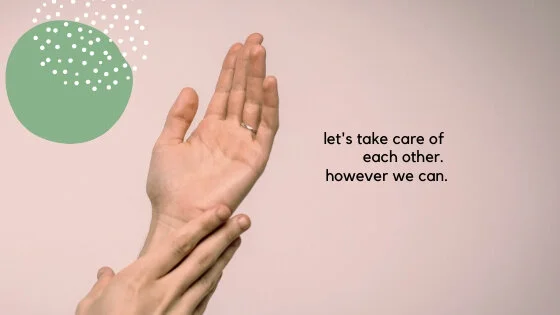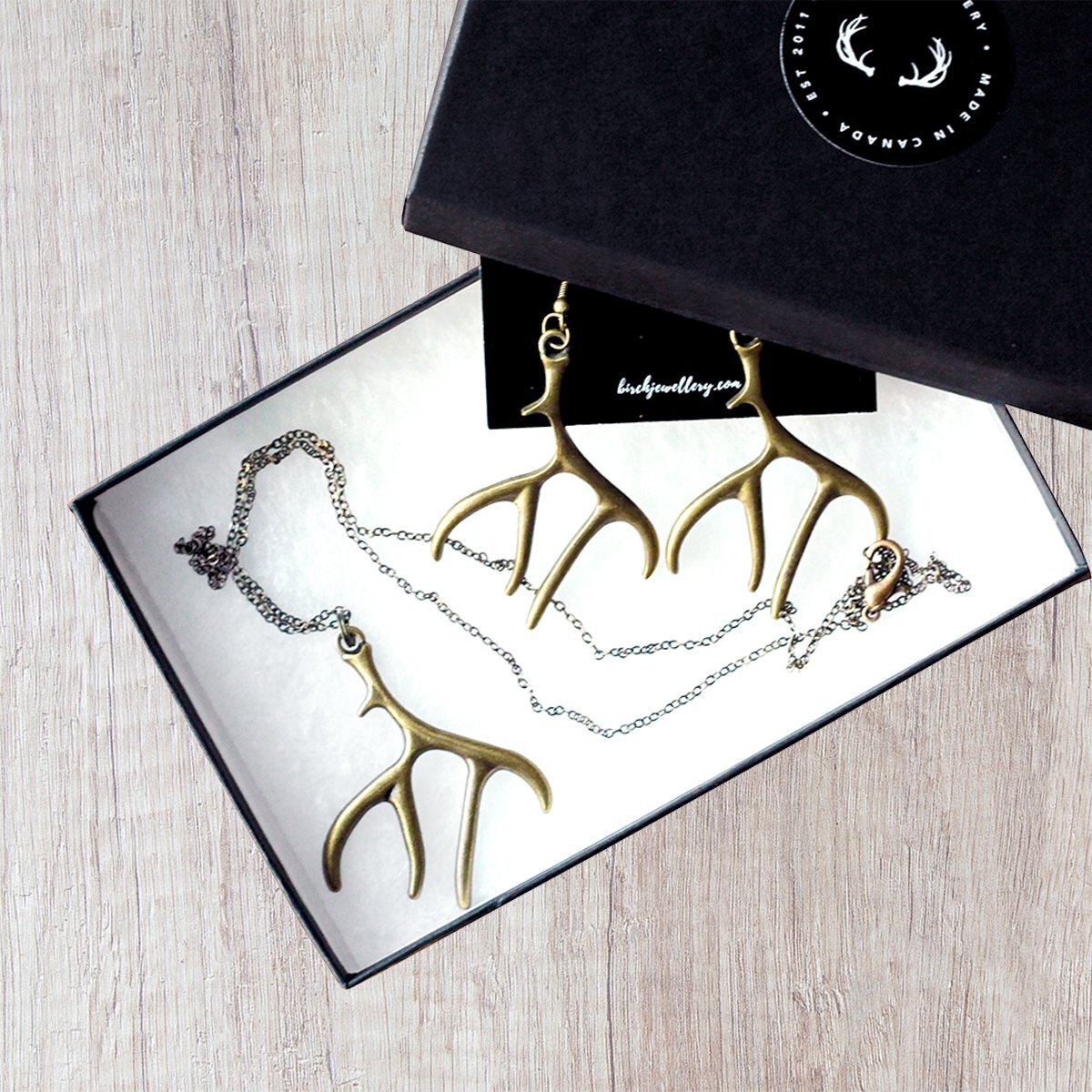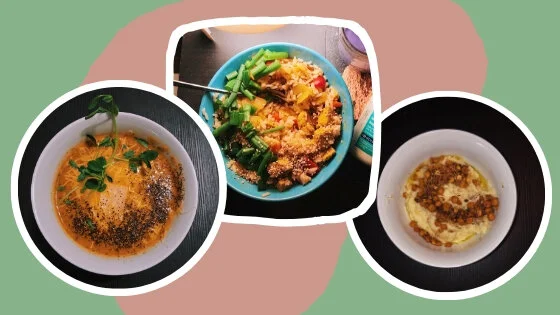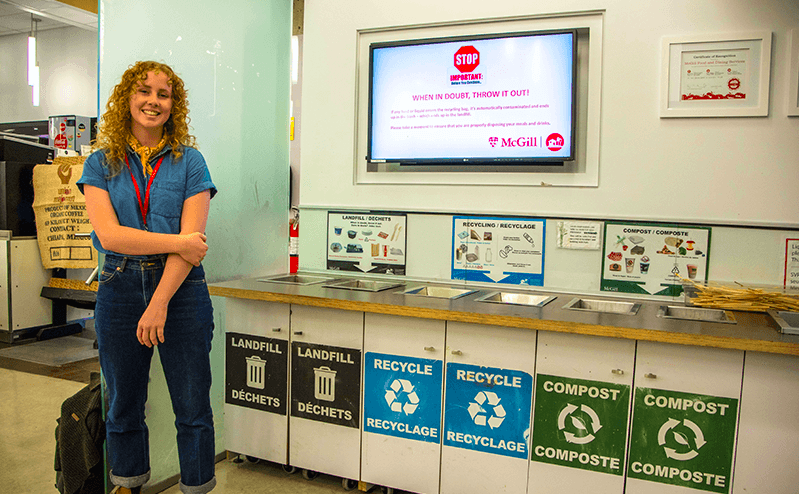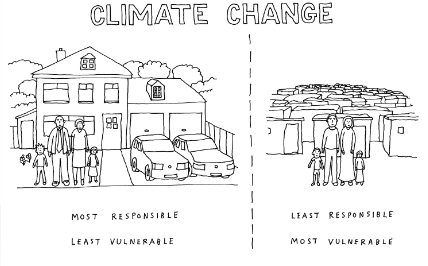If you follow me on Instagram, you’ll see that I’m softly but surely making a more regular return to posting content. This gradual increase has been in anticipation for the one post I can’t miss all year — my annual holiday gift guide! I’ve enjoyed doing this essentially since I started Ethigirl (aside from 2020 for unfortunately obvious reasons). It’s such a pleasure to put aside everything that happened throughout the year and get out on the hunt to bring you the coolest gift ideas ever.
See all past years’ versions here: 2018 | 2019 | 2021
With this post, I’m bringing you the ULTIMATE last-minute gift guide. As an occasional procrastinator, I’ve looked at a fair share of these kinds of guides myself, and they typically fall short. But this one is cool, local, thoughtful, ethical, sustainable, meaningful, and full of gifts your people will actually LOVE.
A quick disclaimer here: I know each business’ holiday cutoff times are different. I also know availability of each item in your area will be different. I hope some of these ideas will apply to you based on what you can access!
At this point, you may or may not still be in shippable territory. If you’re in an urban area or can access one, local pickup is better for the environment as it reduces shipping emissions — but if you’re in a rural area (like me, currently) or can’t get out to the stores, express shipping might be one of your only options. I encourage you to balance what is accessible for you and what aligns with your values.
So, let's dive in!
Eat Me
〰️
Drink Me
〰️
Eat Me 〰️ Drink Me 〰️
Specialty Food Items From Brunette (Or Another Local Grocery/Online Shop)
Brunette is an online, Montreal-based gourmet food retailer, which offers gifts, goods, and merchandise from the city’s top chefs, restaurants, and grocers. Montreal is such a major food city, with so many iconic spots and celebrities, so a business like this is incredibly cool to have. I ordered a box of their goods for my parents last year, and it was one of their favourite Christmas gifts! If your family is into food, try this site out. Or, pop into your local boutique grocery store and see what treasures you can find! Many of them also have websites nowadays.
From Brunette, I recommend ANYTHING from Stefano Faita, or one of their cool gift bundles.
Fair Trade Food - Coffee, Tea, Chocolate And More From Rosette Fair Trade
Rosette offers an abundance of fair trade goods in an easily-navigable site, and acts as a one-stop-shop for all things ethical! It also stocks Oxfam Fair Trade products, which provides Canadians access to a whole host of products that we can’t normally get here. In 2019, founder Lia Walsh VERY kindly gifted whole box of snacks to try, and everything was so delicious!
Another thing which I love about Rosette Fair Trade is that it sells Palestinian-made products! That’s why this year, I’m recommending the Zatoun gift bundle of Palestinian products, which comes with fair trade olive oil, soap, and za’atar (a Palestinian herb mix). This purchase directly supports Palestinian olive farmers, keeping a traditional practice alive while also economically assisting surrounding communities.
Spices From Diaspora Co.
What it is: Diaspora Co. was founded in 2017 by Sana Javeri Kadri, a third-generation Mumbai native, with the goal of creating accessible pathways to higher-quality, equitable spices and to build long-term partnerships with Indian farmers. Since its inception, the company has grown tremendously, and offers a great array of delicious products. The website has a dedicated page just for gift ideas, so take a look!
What I recommend: Check out The Trio, which allows you to choose three spices as a "starter pack” for your recipient, or The Pantry Refresh, which is comprised of six of Diaspora’s most popular spices.
A Coffee or Tea Apparatus
Hot drinks are one of the best things on the planet, and like many, I’m absolutely obsessed with coffee. This gift idea was inspired by my partner, who amazingly gifted me (and us, quite frankly) an espresso machine this year! Prior to that, I was using a cracked French press for way too long. Replacing that horrible item with something that has actually revolutionized my morning routine was one of the best things I could ask for.
So an espresso machine is one option, or if that doesn’t suit your needs, you could try a pour-over (with a reusable filter, to avoid waste), a different type of coffee machine, a nice kettle, a teapot, or a nice insulated mug/thermos in their favourite colour. I personally have my eye on this stoneware teapot set from United by Blue, a certified B-Corp that removes one pound of trash from oceans and waterways for every purchase.
Aside from apparatuses, you could also consider a nice bag of Fairtrade beans or tea! No one will ever be unhappy at that gift.
Zero-Waste Gin From Loop
Loop is a Montreal company that is seeking to solve food waste by using it to create innovative products (thus, closing the Loop!). They started out by making cold-pressed juices, and quickly expanded to a variety of other items, including gin!
The Lime Ginger Gin I’ve linked is made from potato chip waste which Loop rescues from a nearby factory.
Your recipient will be happy to have a delicious and sustainable gift with a very cool party story! According to Loop’s website, you can currently buy the gin at the SAQ (Quebec), LCBO (Ontario), ANBL (New Brunswick), and Highlander Wine & Spirits (Calgary).
Products from Peace by Chocolate
Peace by Chocolate is a wonderful company founded by the Hadhads, a family of chocolatiers from Syria who found themselves as refugees after their original chocolate factory in Damascus was bombed. After living in Lebanon for three years, they were invited to settle in Antigonish, Nova Scotia, where they relaunched their chocolate company.
I can say myself that the chocolate is absolutely delicious and you would be crazy not to buy it. Moreover, 3-5% of profits from every sale are donated to the Peace on Earth Society — a charity which supports global peace building projects.
And as a Maritimer myself, it’s a must-recommend!
Coming up next...
Art
〰️
Music
〰️
Art 〰️ Music 〰️
Artwork and Items that support artists
Cheese Dreams throw blanket from Society6
Specifically over the past few weeks with the rise of AI art, we’ve been having a lot of conversations about PAYING ARTISTS FAIRLY FOR THEIR WORK. This is such an important issue — art is important and we need it to keep us going. As such, what better time than the holidays to gift your loved one a piece of art that you directly supported the artist in order to do it?
There are a couple of different platforms you could look at for this! Some that come to mind for me include Society6, which is a platform on which artists can sell their art by featuring it on a number of mediums, including mugs, prints, rugs, curtains, bedding, and more. The list has actually kept growing and growing throughout the years I’ve been aware of Society6.
Of course, as I mentioned last year, Etsy is a wonderful small business marketplace to source all kinds of gifts, including art and creative pieces. Some of the things I recommended last year are this Sailboat Jewelry Holder, this Cereal-Scented Candle, this absolutely gorgeous Suncatcher, and these Flower Beaded Earrings. But seriously, go take a look yourself!
A Secondhand or Vintage record Player
If you have a loved one who is music-obsessed, I think one of the most thoughtful things you can get for them is a record player, or a physical form of their favourite music. Obviously, having every single song ever at your fingertips like we do these days is amazing, but listening to something on a record player is another experience.
I know that there are a lot of environmental concerns with records and record players, so that’s why I recommend this as something for someone you know will truly treasure it and get a lot of use out of it. As well, consider getting one secondhand — my current one is, and the amount of character and coziness it has is something I never take for granted. I also love displaying my records as artwork on my wall with these record wall mounts from Etsy.
Merch From Their Favorite Artist, Movie, or Show
Did your loved one share their Spotify Wrapped on Instagram (or other music streaming platform version of this)? If not, get them to, and figure out who their favourite artist was this year. Then, find a way to get them merchandise! T-shirts, posters, etc…. and this doesn’t even just have to apply to music. If they’re more into movies or television, the same thing applies.
For every one of your recipient’s interests, there is sure to be a merchandise shop somewhere — either on the website of the thing, or on somewhere like Etsy or Redbubble. A favourite musician will certainly have a t-shirt or pin for sale on their website. Get creative, and you’re sure to find something they’ll treasure forever!
An Instrument
I feel like we all have that person in our life who has always said, “one day I’m going to learn how to play the guitar” (I do — and they’re doing it!). If you do, help them! Learning a new hobby or talent is literally so special and one of the best things someone can do for themselves.
For a secondhand instrument, check out somewhere like Facebook Marketplace, Kijiji, Craigslist, or eBay!
Let's dive into the next section!
Beauty
〰️
Home
〰️
Self-Care
〰️
Beauty 〰️ Home 〰️ Self-Care 〰️
Sustainable, Ethical, or Vintage Jewelry
Are you looking for something thoughtful that your recipient will never forget? Jewelry just might be the right fit! If you want something secondhand or vintage, I suggest scouring thrift stores or flea markets, or again - checking out Etsy! Or, perhaps you have something of your own that you don’t wear anymore that you can think they’d love?
There are also a number of sustainable jewelry brands popping up that you might consider taking a look at, such as Mejuri (which I feel like everybody with an Instagram account is aware of at this point) or Vitaly.
As a side note, during research I also came across this vintage musical jewelry box on Etsy, which I just may be obsessed with…
Meaningful Christmas Ornament
If your loved one celebrates Christmas, a special ornament is a great way to their heart.
My family’s Christmas tree is an absolute montage of all our memories, hobbies, pets, and gifts from over the years. We’ve got more “____ First Christmas” ornaments than you can imagine. It’s super sentimental and eclectic, and getting to take them all out and get flooded with memories every year is so lovely.
I think it’s so special to gift that ability to someone else, too!
Ethical Cosmetics/Skincare
There are all kinds of wonderful ethical & sustainable cosmetics and skincare brands out there, but my ride or die is always Lush (as all long-time readers know) — especially for gifts! They are ethical and sustainable by-the-book on every cause, their products are all natural, their employees are treated fairly, they are serious about animal testing, they are vocal about human rights and activism, and most recently, they’ve decided to break up with social media!
Lush has a pretty extensive and wonderful gift selection! I most recently gifted Hello Gorgeous for a birthday, and my recipient was SO happy. I also suggest Charity Pot, a body cream for which Lush donates 100% of the profits to grassroots charities.
Candles from Shy Wolf Candles
Shy Wolf Candles are hand-poured using soy wax in Grey Highlands, Ontario. Founder Julie Klukas gets all her inspiration from rock and roll, tarot, nature, and community. All of the candles have different themes, and they smell absolutely lovely — can confirm! They’re high-quality, long-lasting, look beautiful on a counter, and some of them support cool causes, too.
If you live in Southern Ontario, you can order by December 19th for Christmas delivery!
Some other amazing candle brands I can recommend are P.F. Candle Co. and Mala the BrandMala the Brand.
Your Favourite Book - or a Book that makes you think of them
Is it just me who’s trying to read more in 2023? Getting a book is such a thoughtful and amazing gift! Something you could do is buy them a copy of your favourite and write them a nice note inside on why you’re giving it to them. I promise they’ll cherish it forever.
If you’re looking for book recommendations, check out Indigo’s Best Books of 2022.
And, for our final section...
Experiences, Not Things!
〰️
Experiences, Not Things! 〰️
Lessons — in Music, Languages, and More!
Maybe your person already has the instrument? Okay, gift them a lesson or two!
Or maybe, they want to learn something else! Gifting them lessons is such a great way to help them get started. For me, for example, I’ve been taking French lessons for months on Preply, an online language learning platform based in Kiev, Ukraine. I’ve loved how it’s kept me accountable to actually practice and advance at a skill that’s important to me. If you or a loved one might want to learn or practice a language this way, too, you’re in luck — I have a referral link! Get 70% off your first lesson by clicking here!
donation to a cause they care about - with a small physical token
If there’s an organization whose work they are passionate about, this might be a good option! Some people truly mean it when they say they don’t want anything, and this is a good way to ensure they know you are still thinking of them. This thoughtful option could also go very well paired with another small item, if you wished.
CanadaHelps is a good platform to donate to charities in Canada!
a spa or Hotel gift card
Who do you know that could use a massage, a trip to the Nordic spa, or a stay in a hotel? Aside from literally anyone, this might do the trick for someone on your list! The best thing with gift cards is they are SO last-minute friendly, but something like this isn’t your average $50 to Best Buy — they will truly never forget an experience like this!
I am a huge Nordic spa person (if you’ve never gone yourself, you have to!), so I have to recommend the following spas:
Montreal: Spa Bota Bota
Whistler: Spa Scandinave
Victoria: Ritual Nordic SpaRitual Nordic SpaRitual Nordic Spa
A Travel Gift Card — with a Carbon Offset
If your recipient has decided they’re ready to get on a plane again (especially if it’s to come see you), help them make it easier with a gift card from FlightGift! It’s a service that allows you to purchase a gift card that the recipient can use toward virtually any airline and any destination. I gifted one of these to a friend earlier this year and they were incredibly happy! You could also go the extra mile by advance-purchasing them a carbon offset for their trip through a platform like Less.
Well, there you have it! I sincerely hope one of these gifts is going to get you over the finish line with your gift-giving this year. (Or maybe you haven’t even started yet — no judgement). I know it can be a stressful time of year, so ensure you take time to relax, too.
What did I miss? Which gift did you like the most? Please let me know in the comments!
With love and sustainability,
Ethigirl

